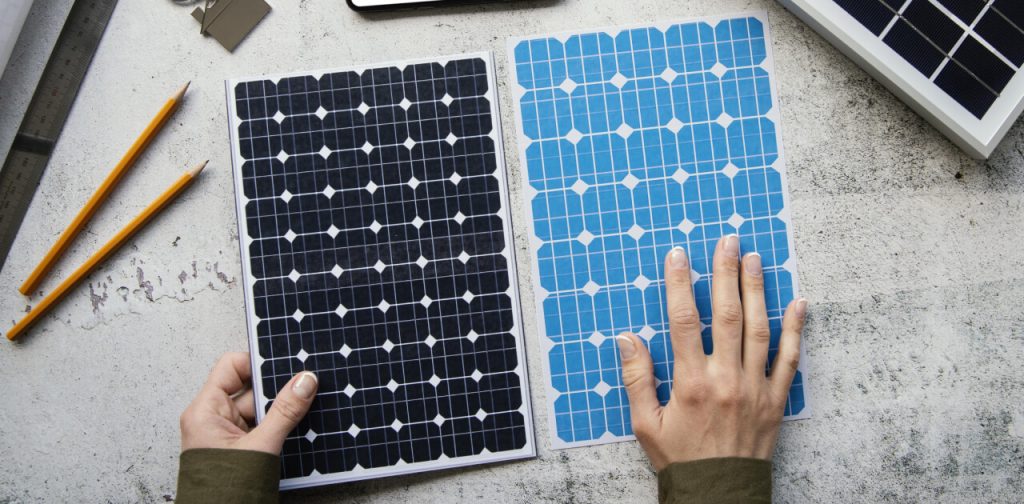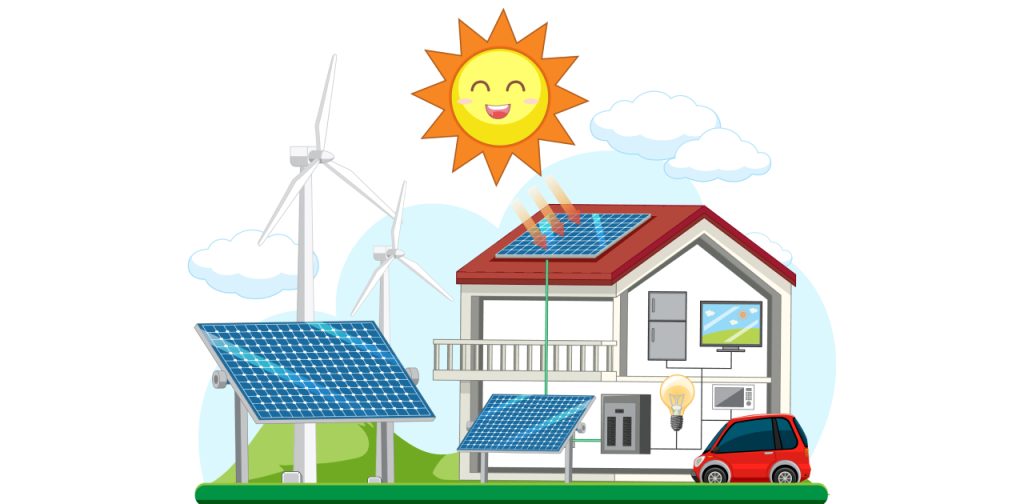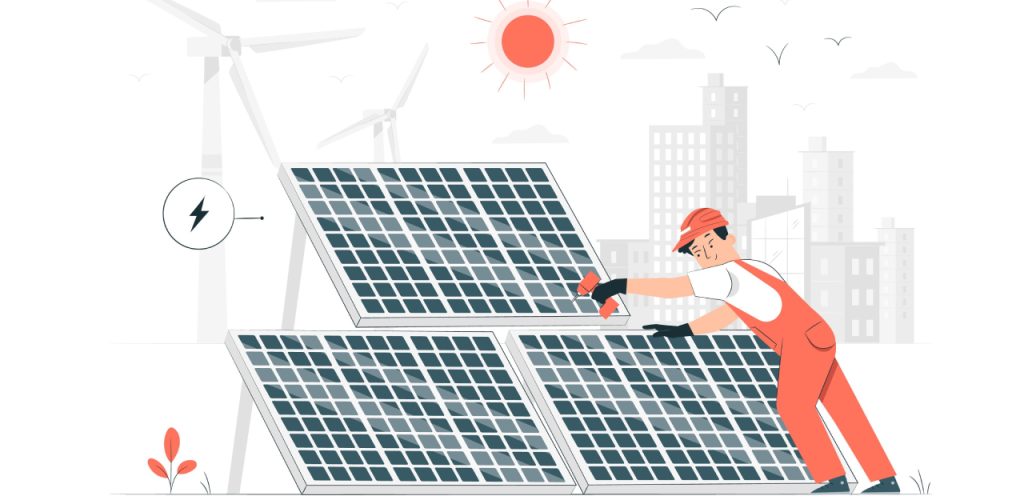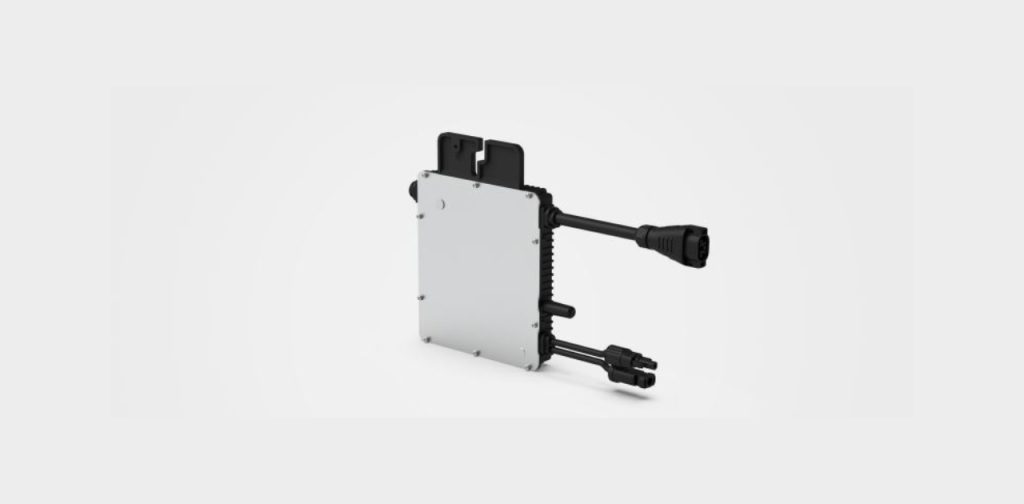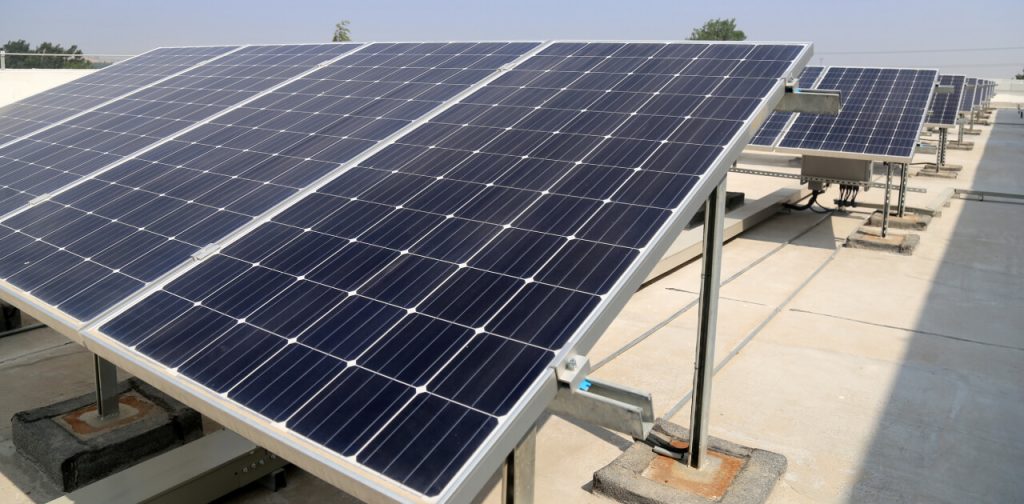Balance of Solar system | Redington Solar
The balance of solar system refers to the comprehensive set of solar system components that make up a solar power system, beyond the solar panels themselves. These components are crucial for converting and managing the energy generated by the solar panels into a form that can be used for your electrical needs. It includes key components such as the inverter, mounting and racking systems, electrical wire and cables, electrical disconnects and breakers, monitoring system, battery storage (if applicable), charge controller (if applicable), voltage regulators (if applicable), power conditioning unit (if applicable), grounding and lightning protection, and utility metering (in grid-connected systems). Each component plays a vital role in maximizing the benefits of solar energy for your home or business. This comprehensive balance of a solar system helps to unlock the potential of solar energy and explore efficient energy conversion and management solutions. It emphasizes the importance of solar system and aids in solar system optimization. The BOS components play a significant role in determining the overall cost and efficiency of a solar installation. Careful selection of high-quality BOS components is essential to ensuring long-term reliability, optimal performance, and a good return on investment. Choosing compatible components, adhering to proper installation practices, and opting for advanced features like smart monitoring can all contribute to a well-balanced and efficient solar system. It ensures that the energy generated by the panels is efficiently converted, stored (if applicable), and integrated into your overall energy consumption. Each component plays a vital role in maximizing the benefits of solar energy for your home or business. This comprehensive “Balance of Solar system” helps to unlock the potential of solar energy and explore efficient energy conversion and management solutions. It emphasizes the importance of solar system balance and aids in solar system optimization. Understanding these solar system components can significantly enhance the balance of your solar panel system.

